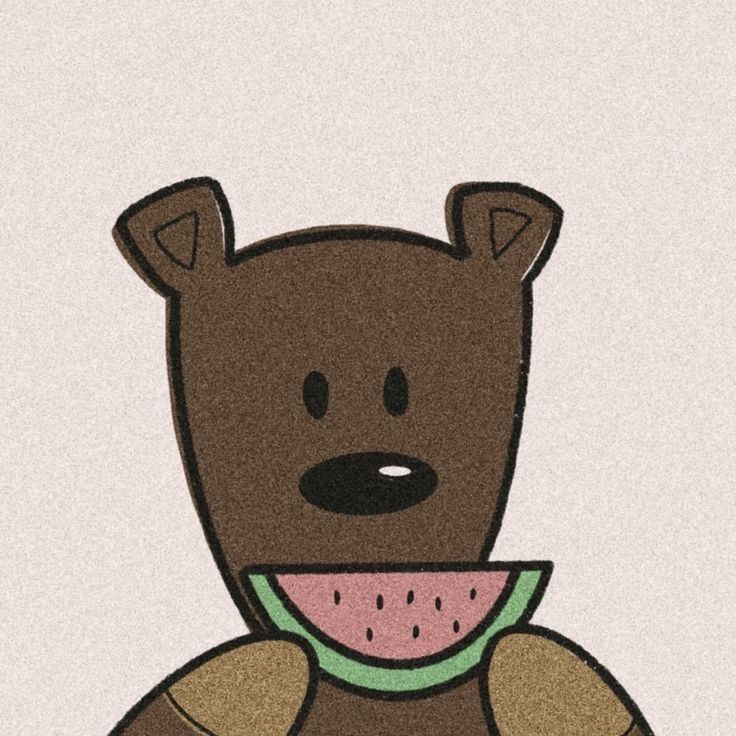the skeletal system
Subdecks (1)
Cards (50)
- What is the main function of the skeleton related to support?
- How does the skeleton contribute to the shape of the body?
- What vital organs does the skeleton protect?
- Why is the toughness of bones important in sports?
- How does the skull protect the brain?
- What role do muscles play in movement related to the skeleton?
- Why is movement essential for sports performance?
- What do some bones contain that is crucial for blood production?
- What components of blood are made in the bone marrow?
- Why are red blood cells important during exercise?
- What are the main functions of the skeleton?
- example of a flat bone?
- explain how the cranium could protect a performer when taking part in sport?
- explain the role of ligaments in the skeletal system?
- one function of the skeleton is muscle attachment. explain how this function allows someone to do sports activity?
- how does the skeleton move?
- purposes of long and short bones?
- three components of blood produced by bone marrow?
- where in the body is the clavicle?
- what flat bones in the chest protect the heart and lungs?
- where do dorsi-flexion and plantar flexion occur?
- difference between rotation and circumduction?
- whats adduction?
- what is mineral storage in the skeleton?
